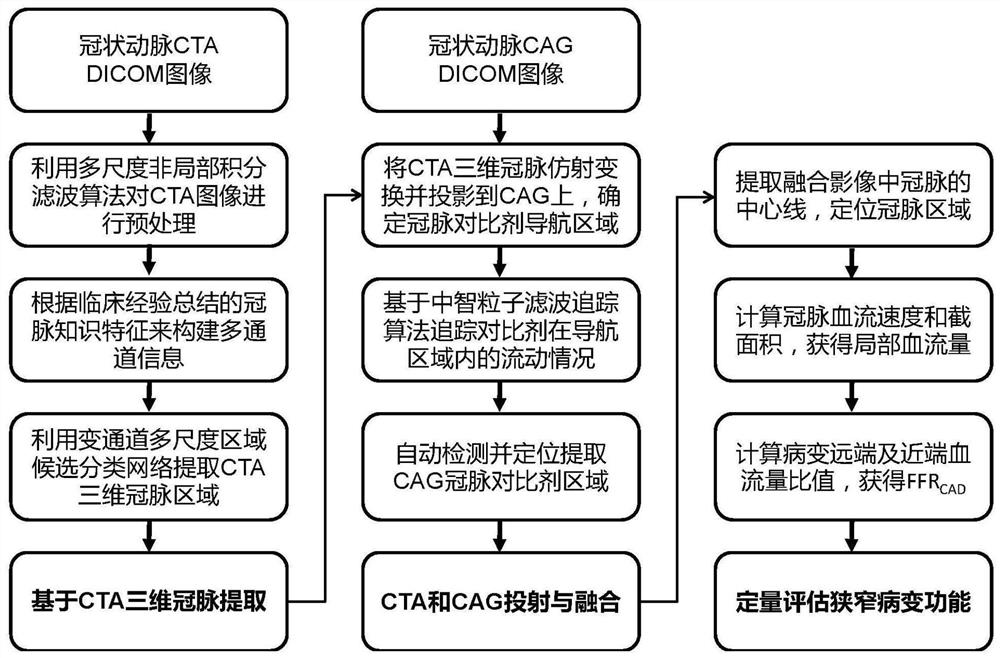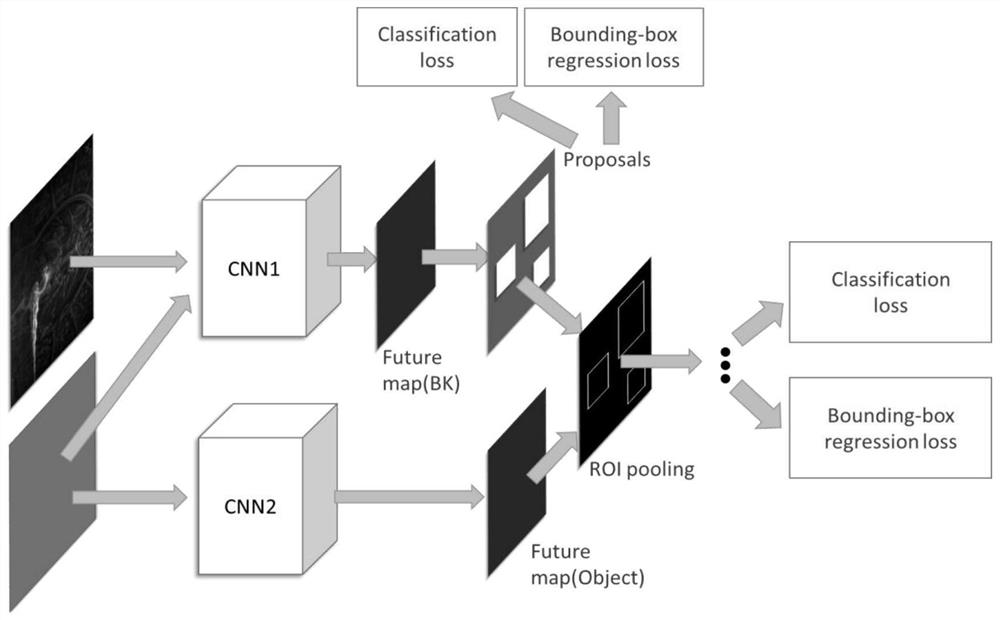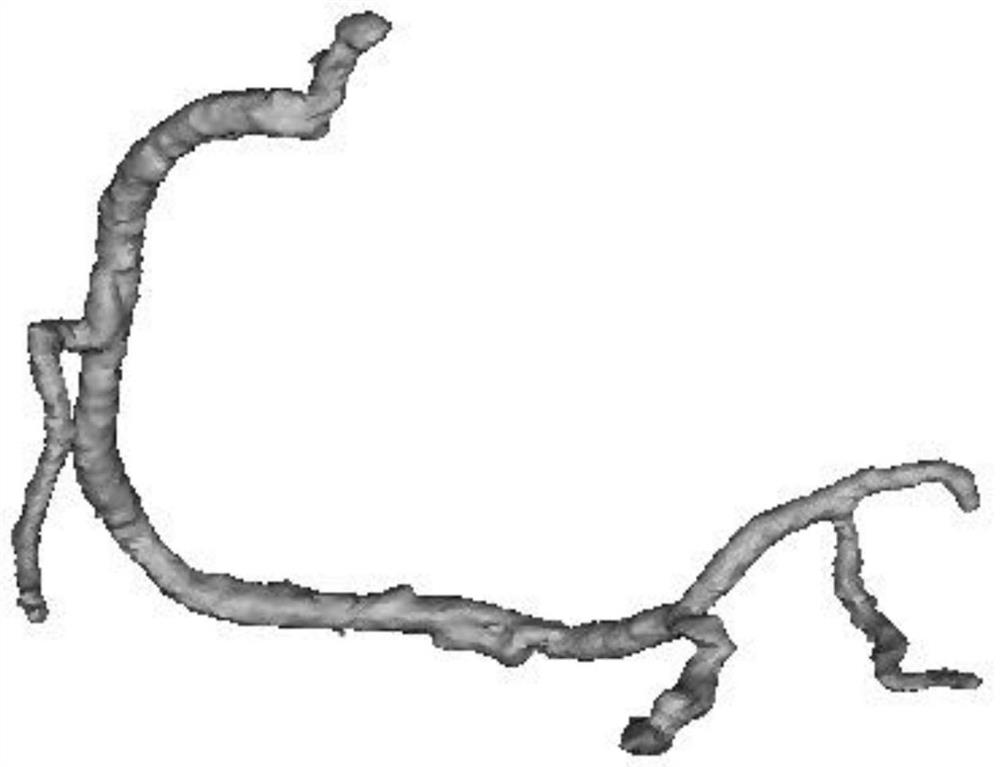Coronary artery lesion functional quantitative method based on deep learning and neutrosophy theory
A coronary artery lesion and deep learning technology, applied in the field of biomedicine, can solve the problems of incomplete simulation of the maximum congestion state of the coronary artery, low accuracy and time-consuming functional judgment of branch vascular lesions, and achieve the goal of solving the problem of non-invasive quantitative measurement Effect
- Summary
- Abstract
- Description
- Claims
- Application Information
AI Technical Summary
Problems solved by technology
Method used
Image
Examples
Embodiment 1
[0087]The present invention provides a method for determining deterioration of coronary artery disease based on deep learning and smart theory.figure 1 As shown, including the following steps:
[0088]Step 1, automatically extract the coronary region in the CTA and regroup
[0089]Step 1.1, extract coronary Cat Dicom images;
[0090]Step 1.2, using a multi-scale non-local integral filtering algorithm to prepare the CAT image;
[0091]Compared to the conventional filter algorithm, the multi-scale non-local integral filtering algorithm not only takes into account the current point and its neighboring characteristic information, but also introduces the concept of non-local integration, determines the weight of the filter calculator according to the neighboring point position characteristics. It can better maintain the relationship between filter points and surrounding neighborhood points, and further accurate coronary artery feature information.
[0092]The nuclear function of the multi-scale non-loc...
PUM
 Login to View More
Login to View More Abstract
Description
Claims
Application Information
 Login to View More
Login to View More - R&D
- Intellectual Property
- Life Sciences
- Materials
- Tech Scout
- Unparalleled Data Quality
- Higher Quality Content
- 60% Fewer Hallucinations
Browse by: Latest US Patents, China's latest patents, Technical Efficacy Thesaurus, Application Domain, Technology Topic, Popular Technical Reports.
© 2025 PatSnap. All rights reserved.Legal|Privacy policy|Modern Slavery Act Transparency Statement|Sitemap|About US| Contact US: help@patsnap.com



